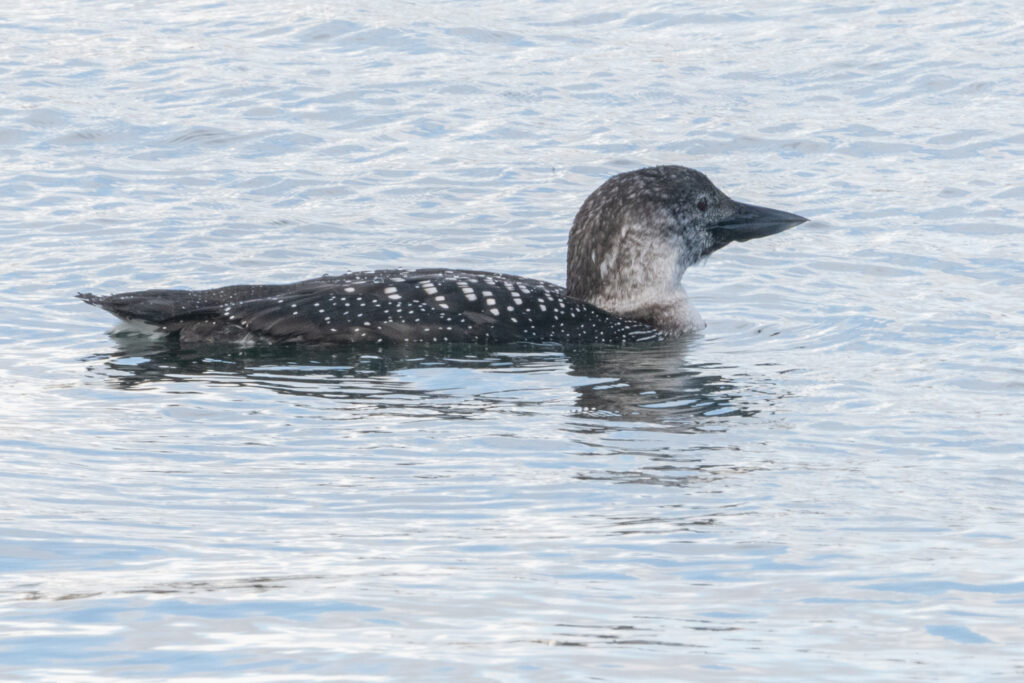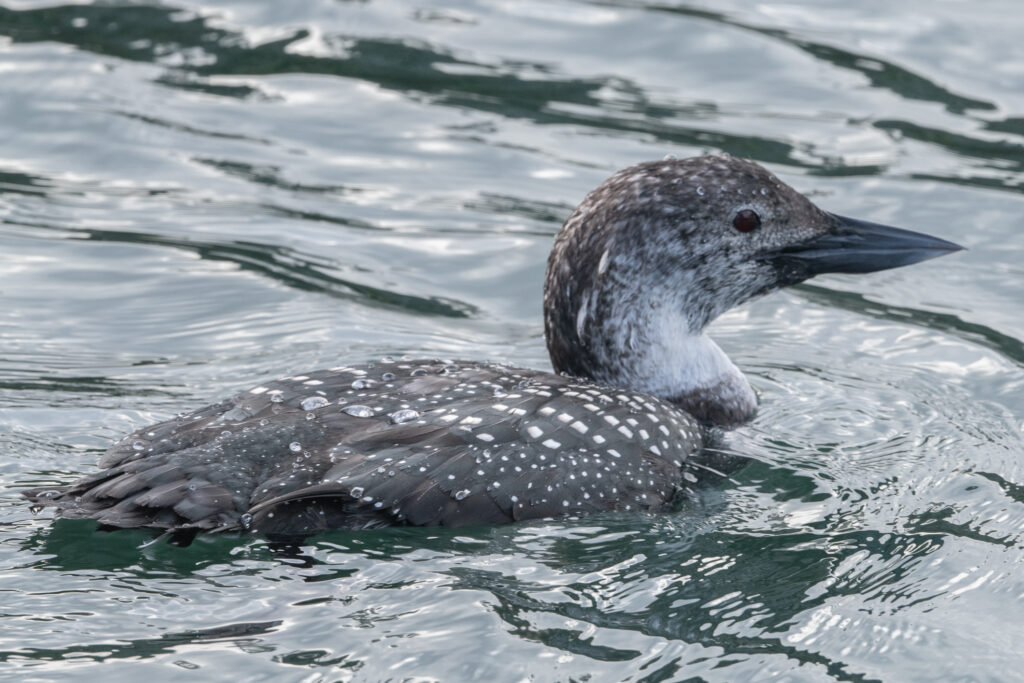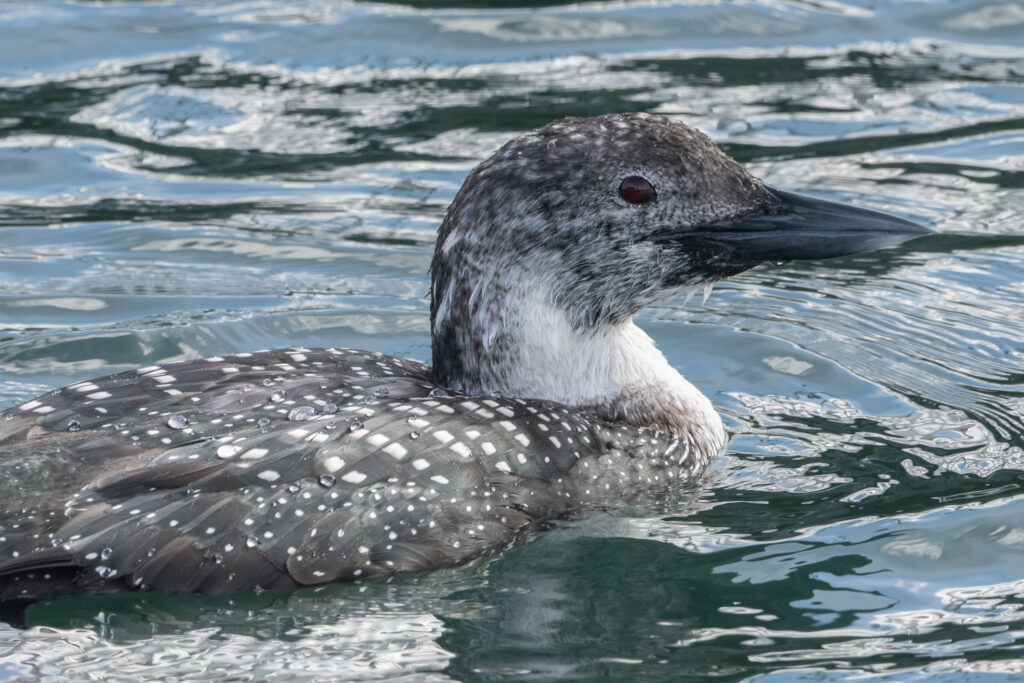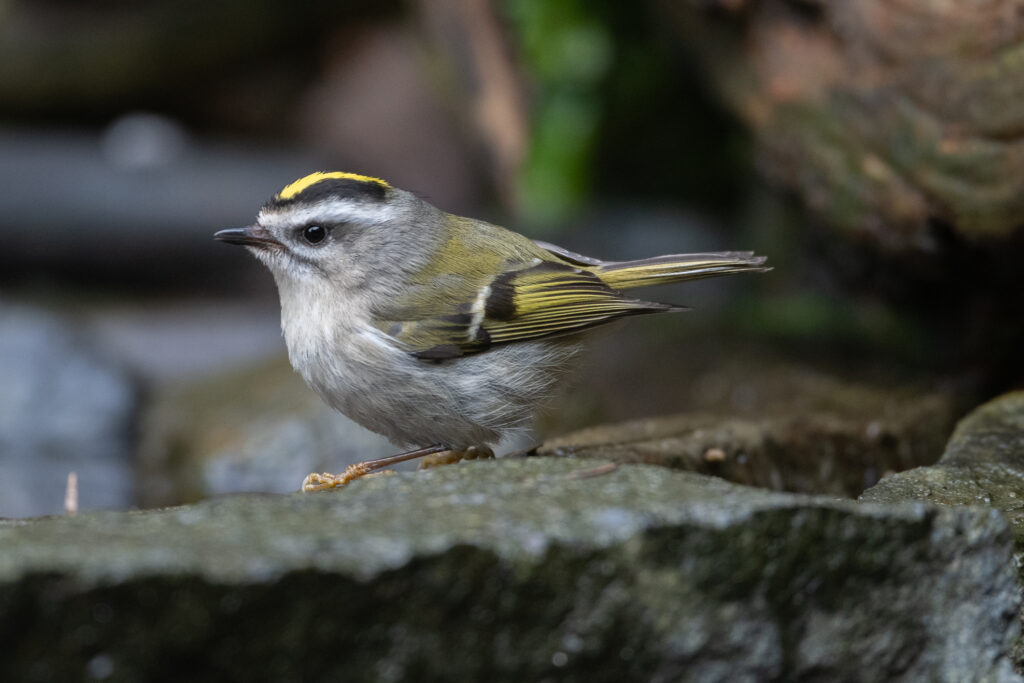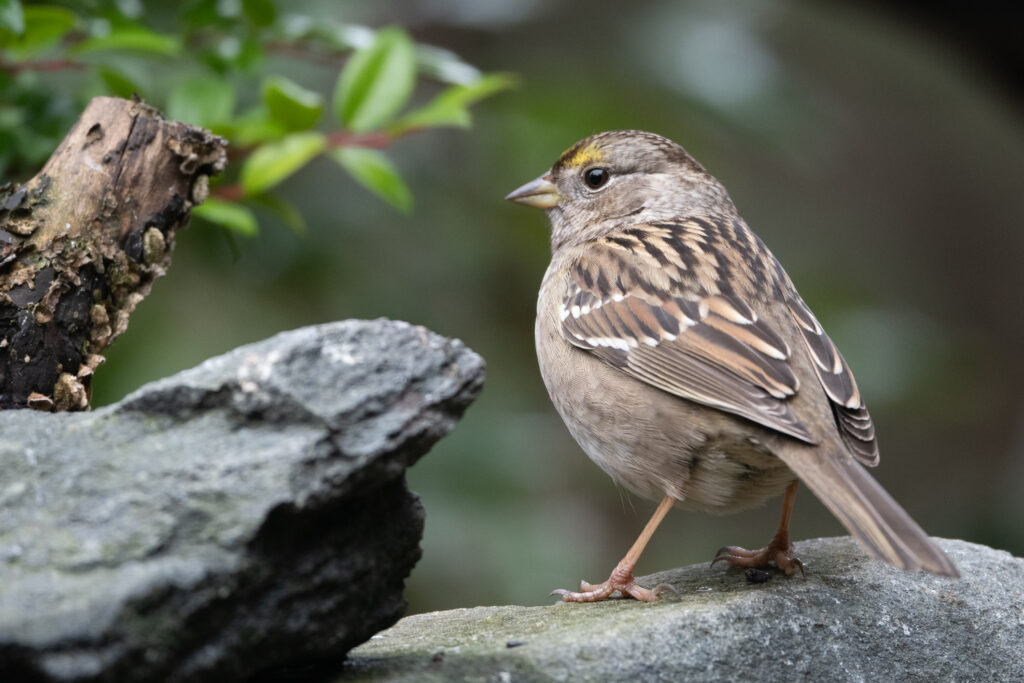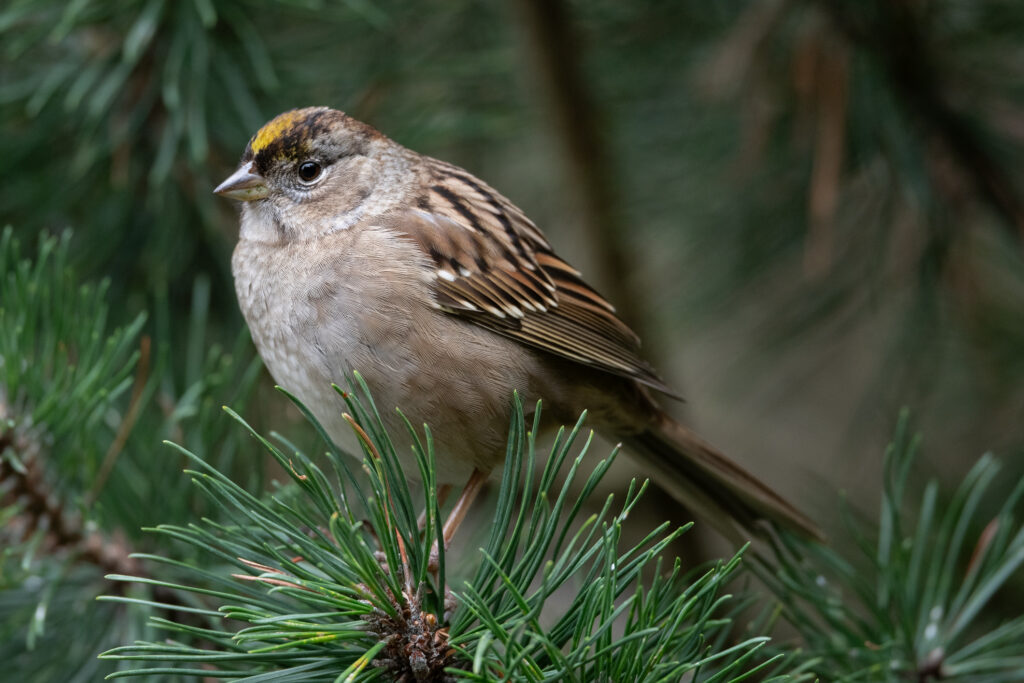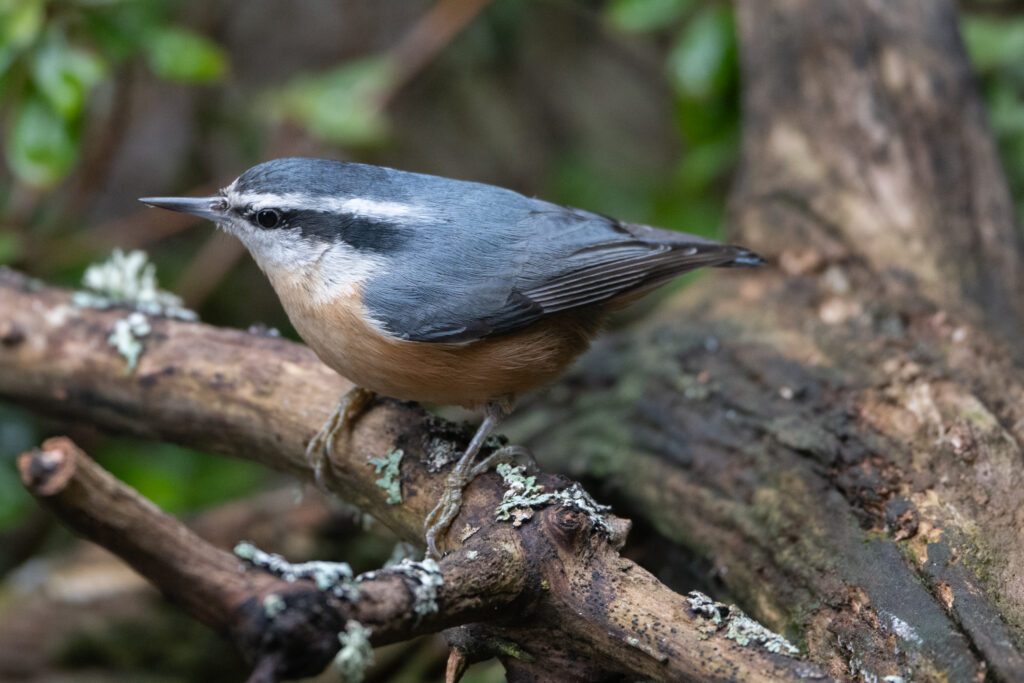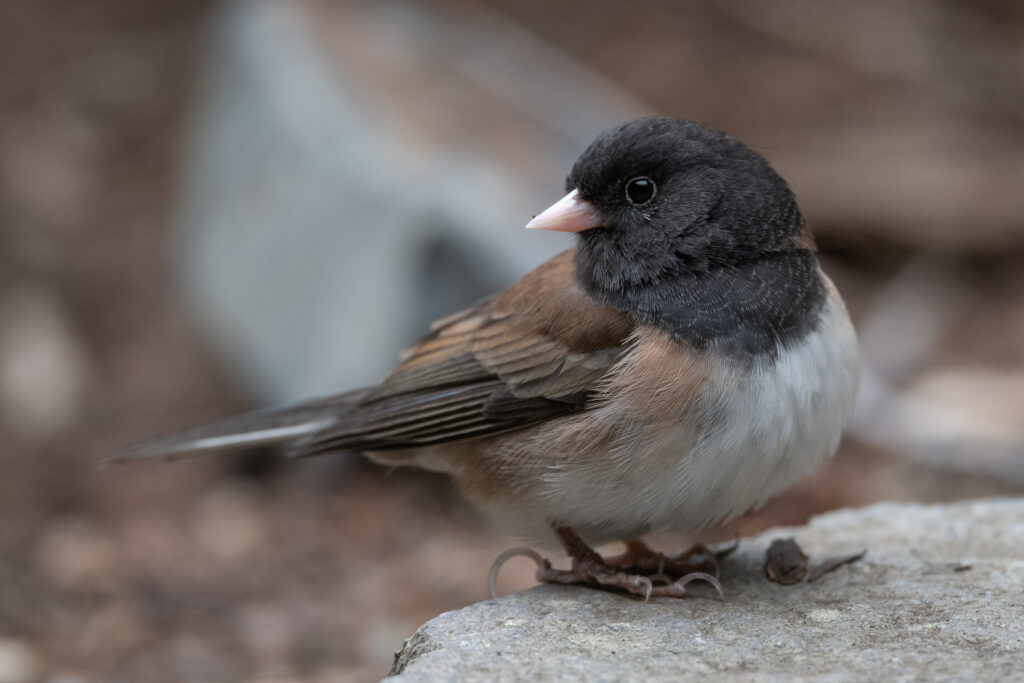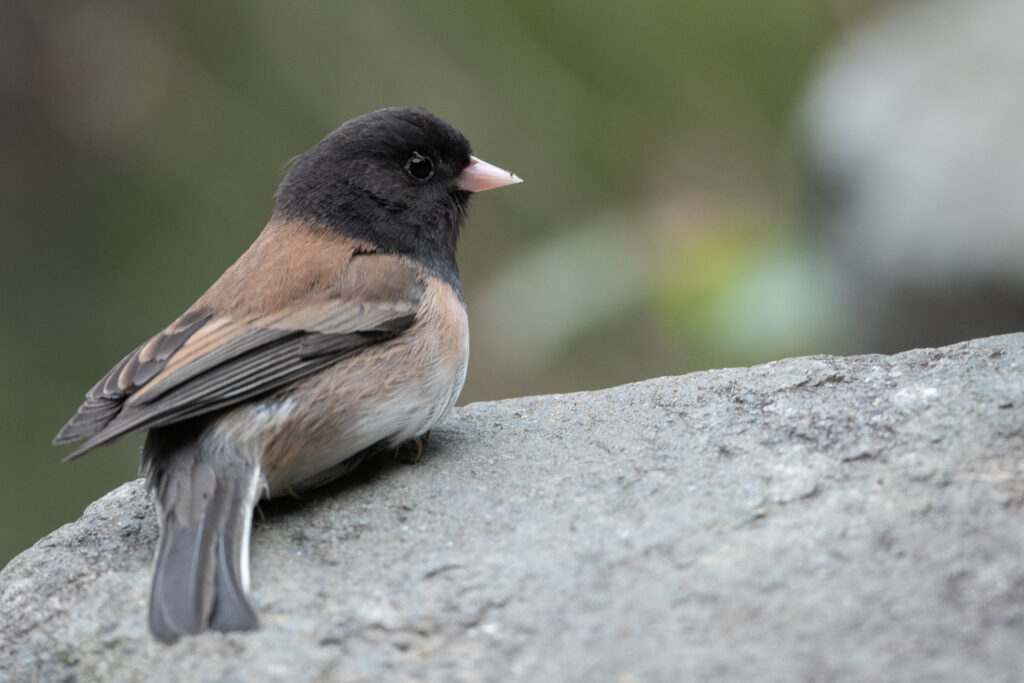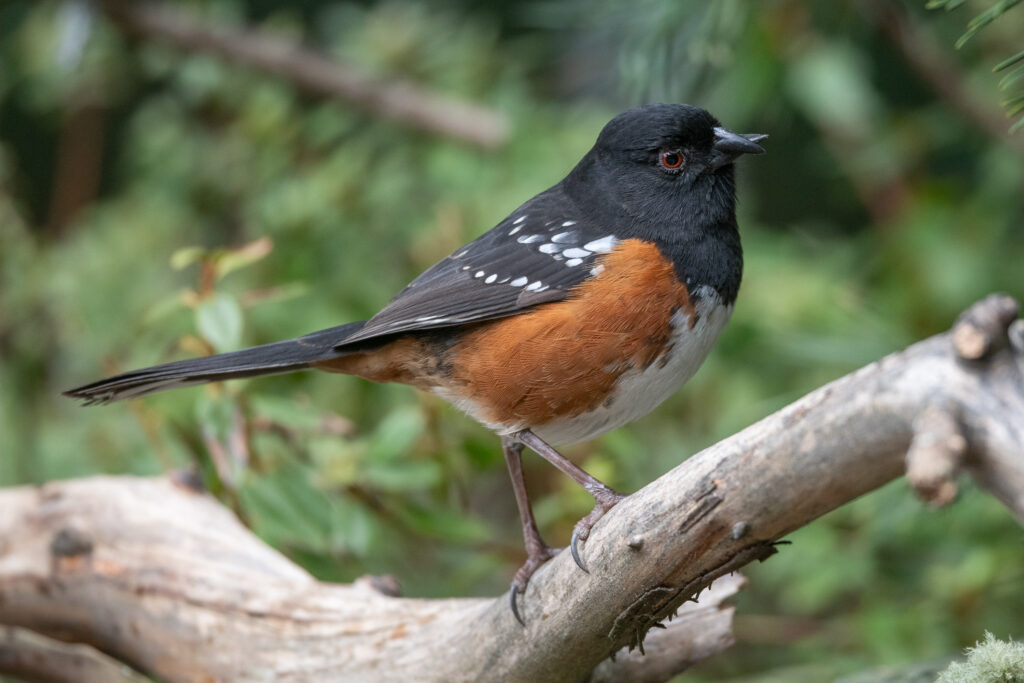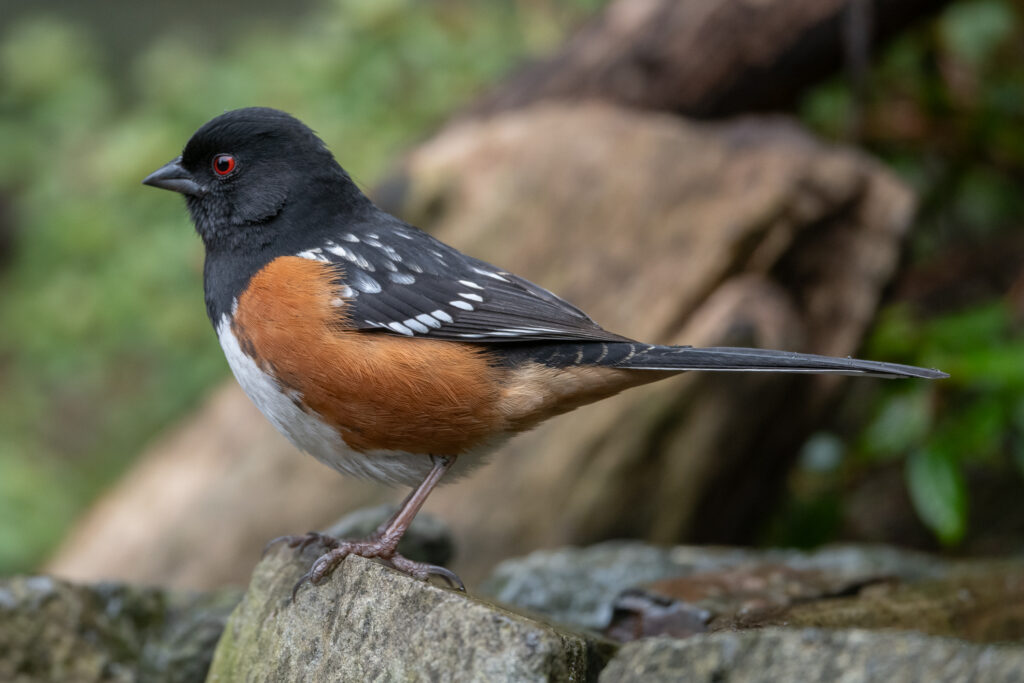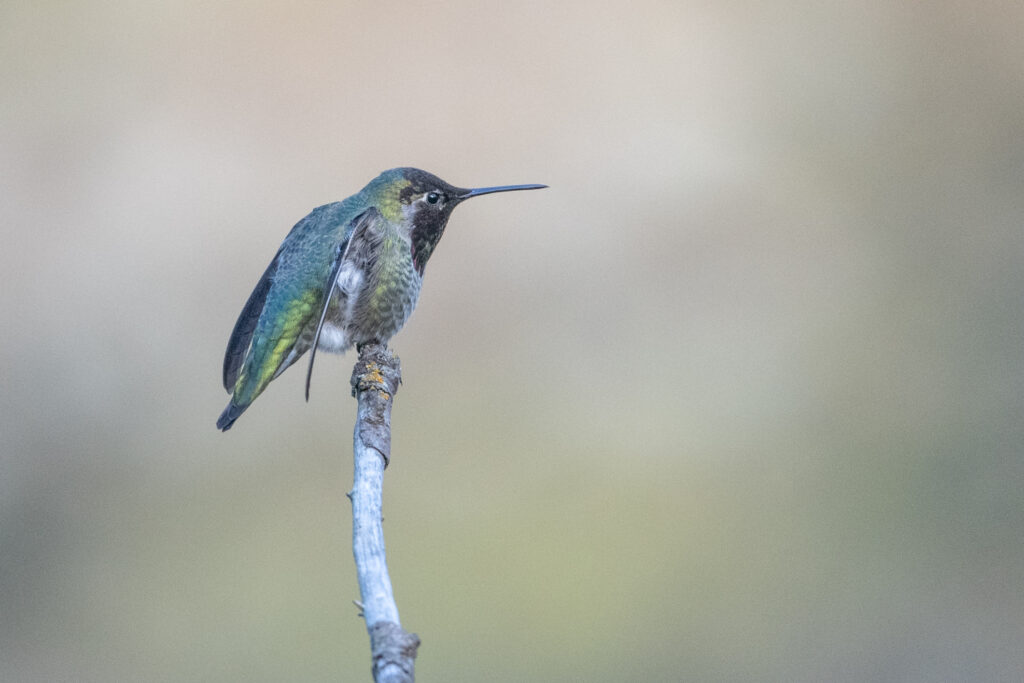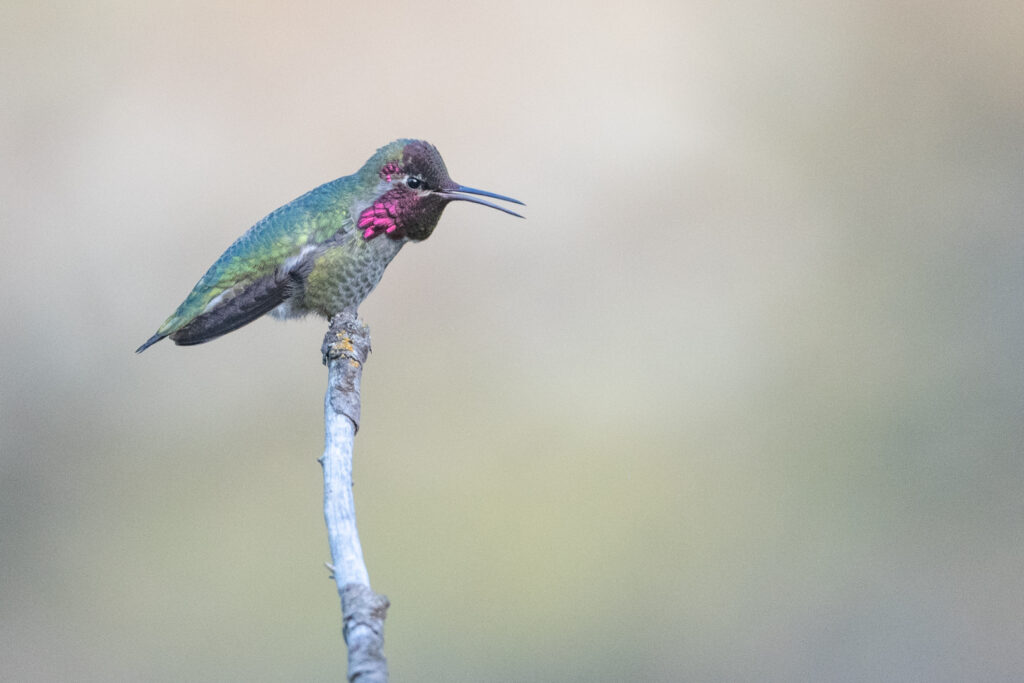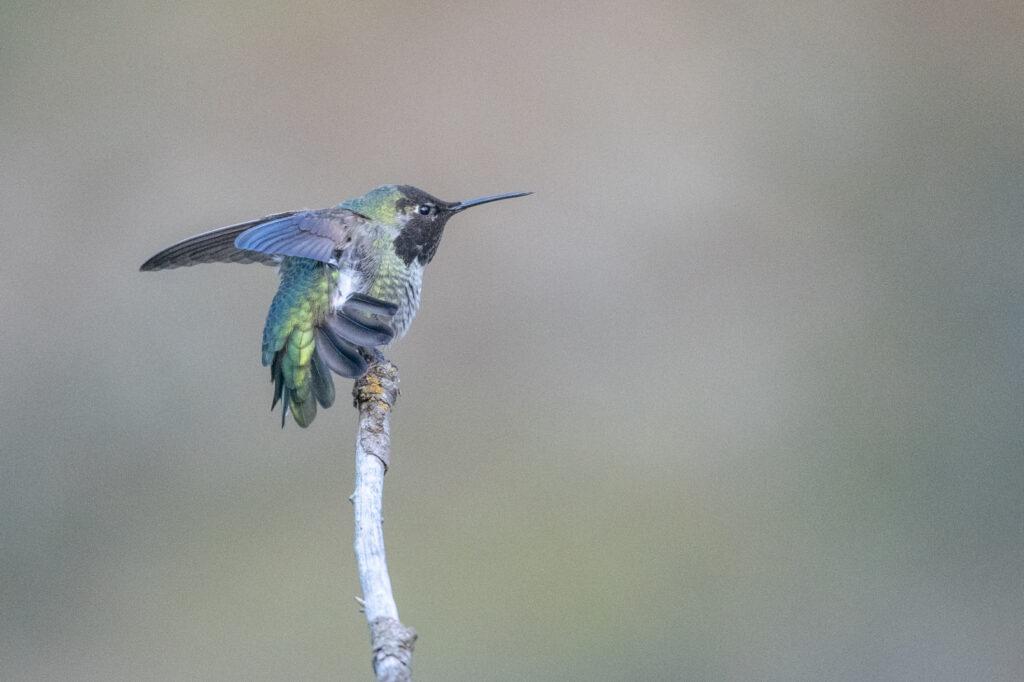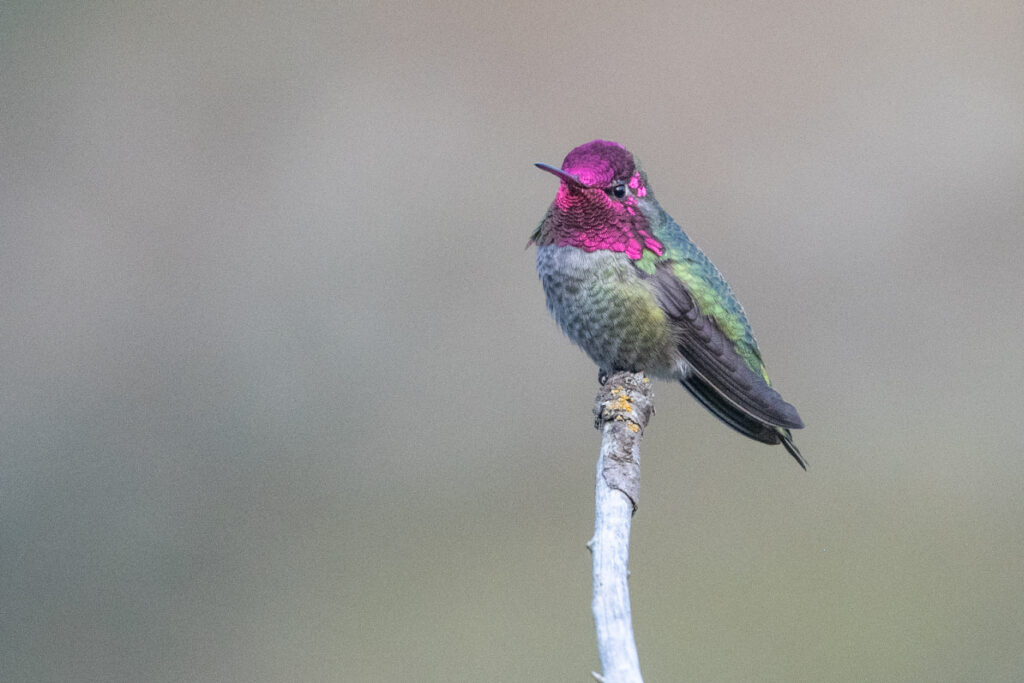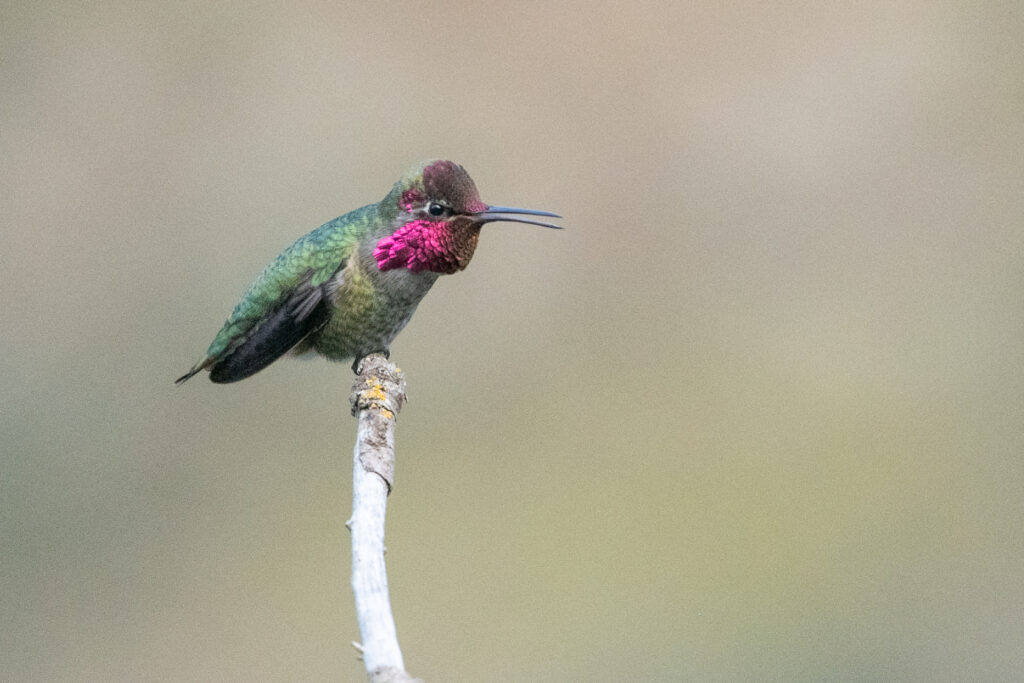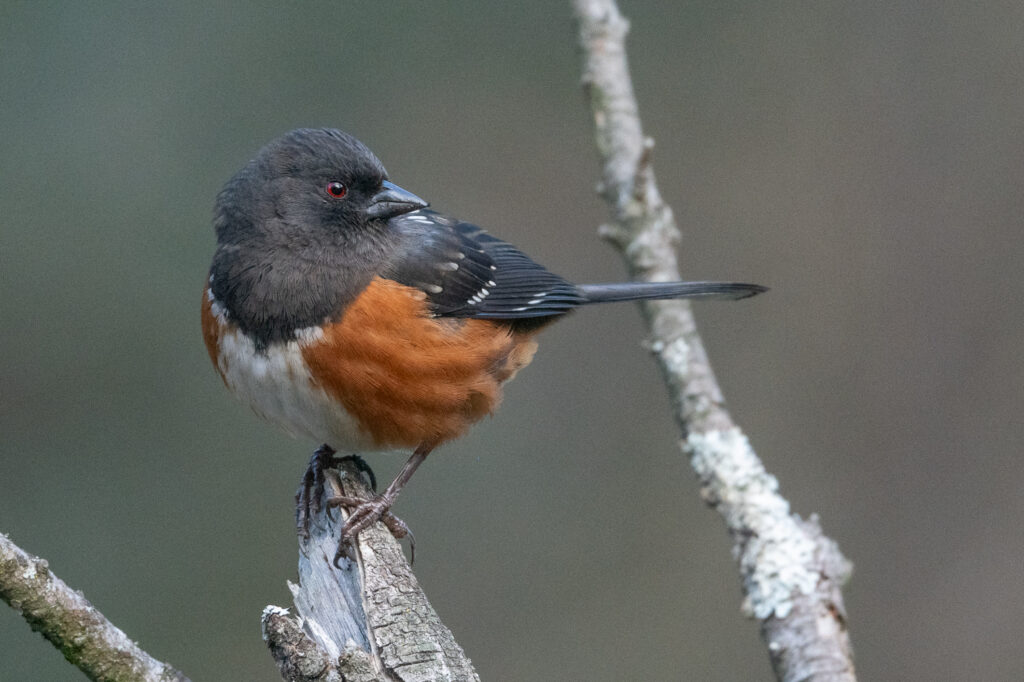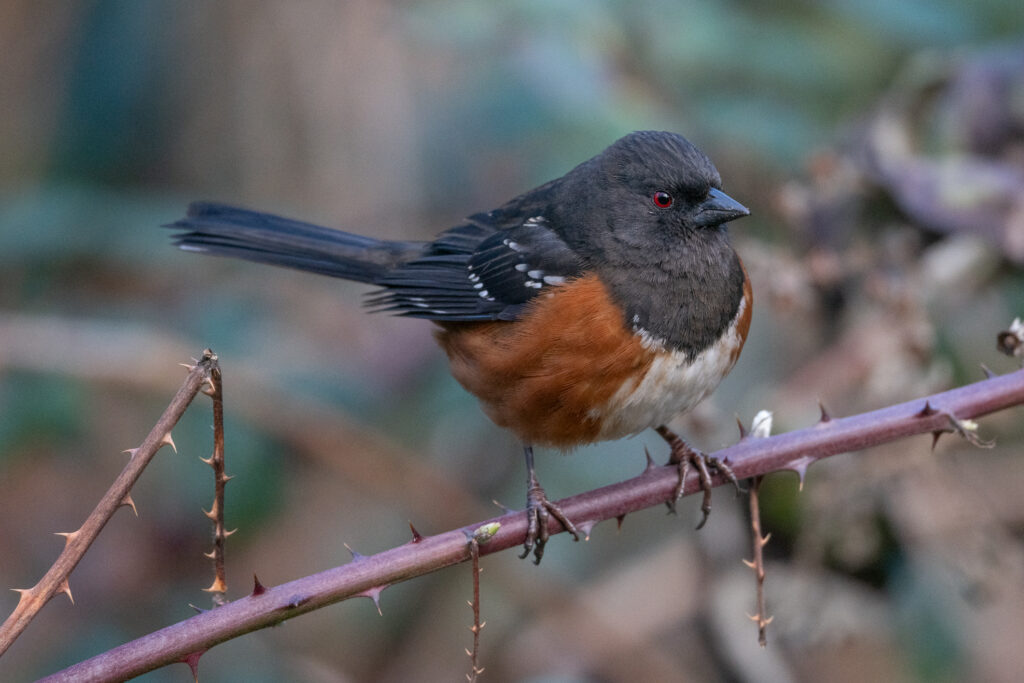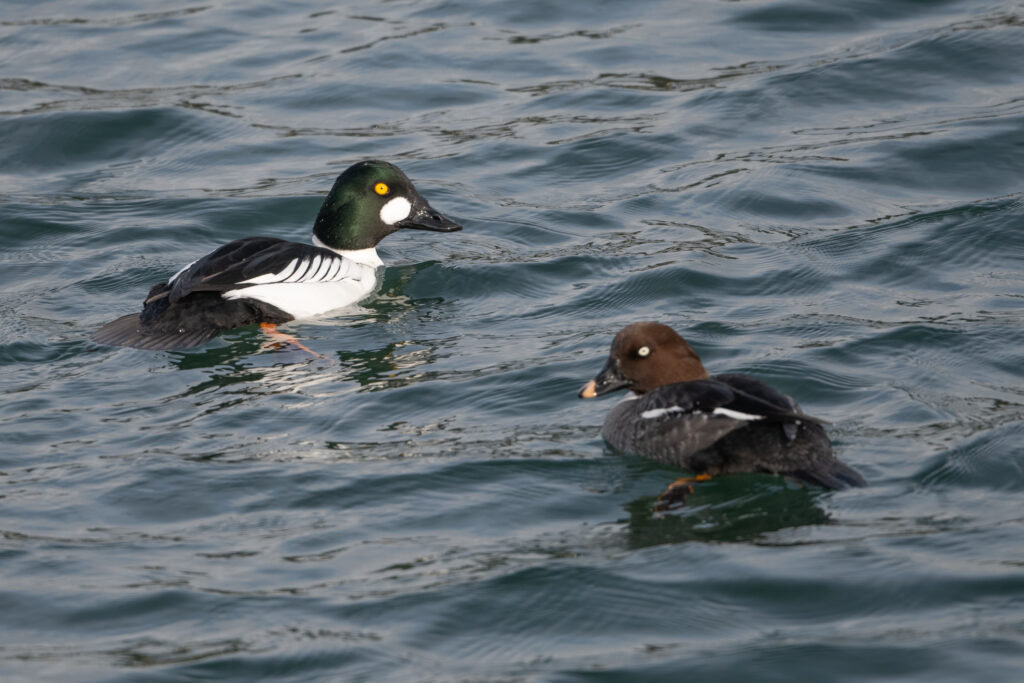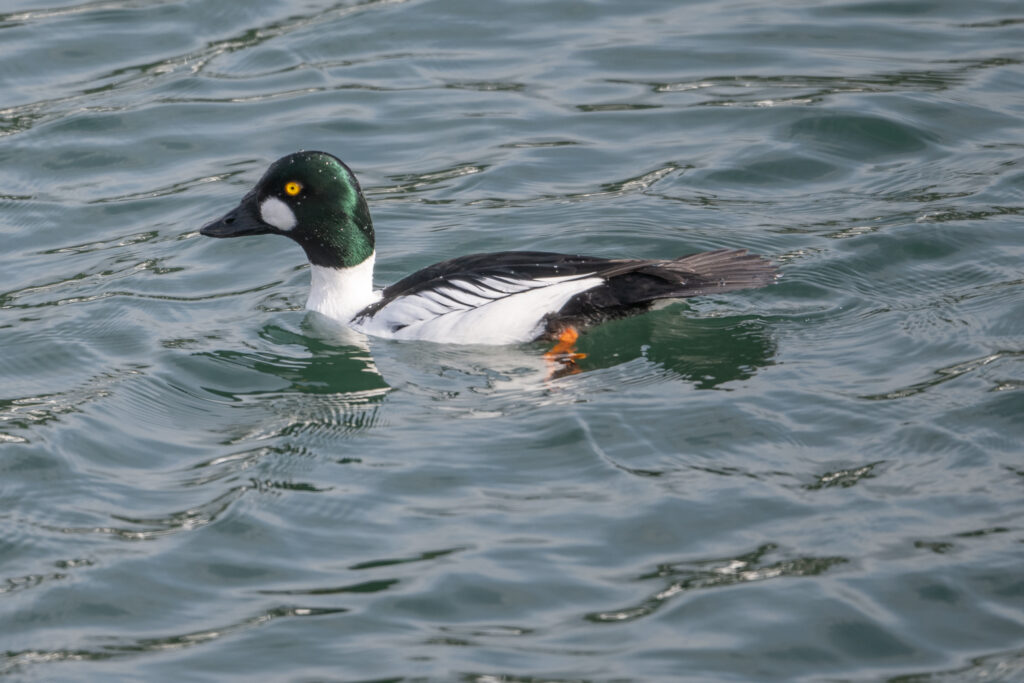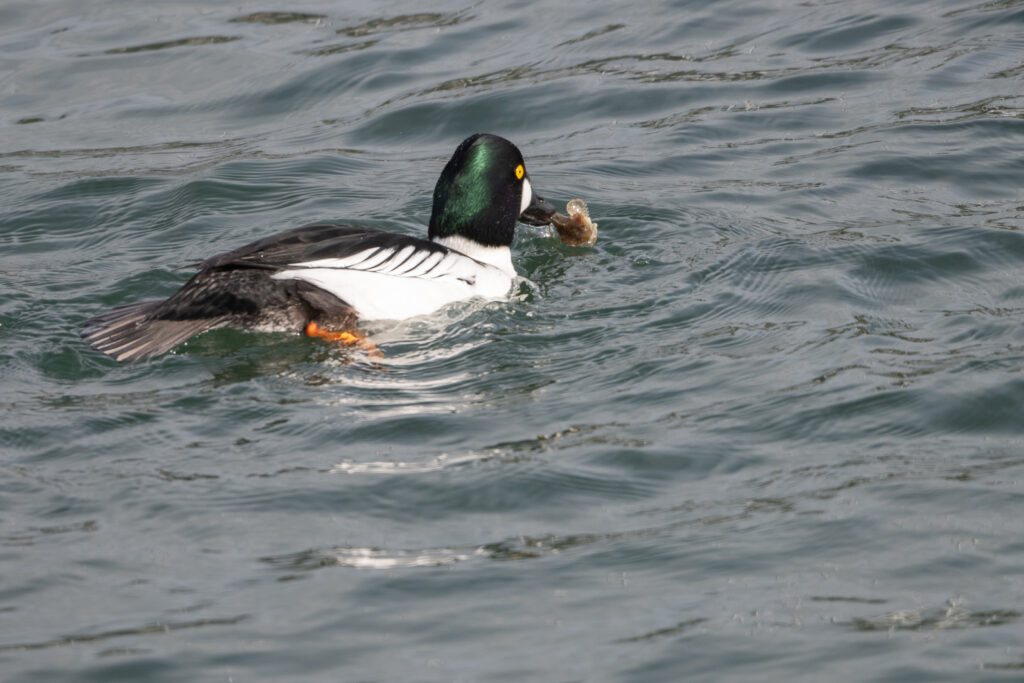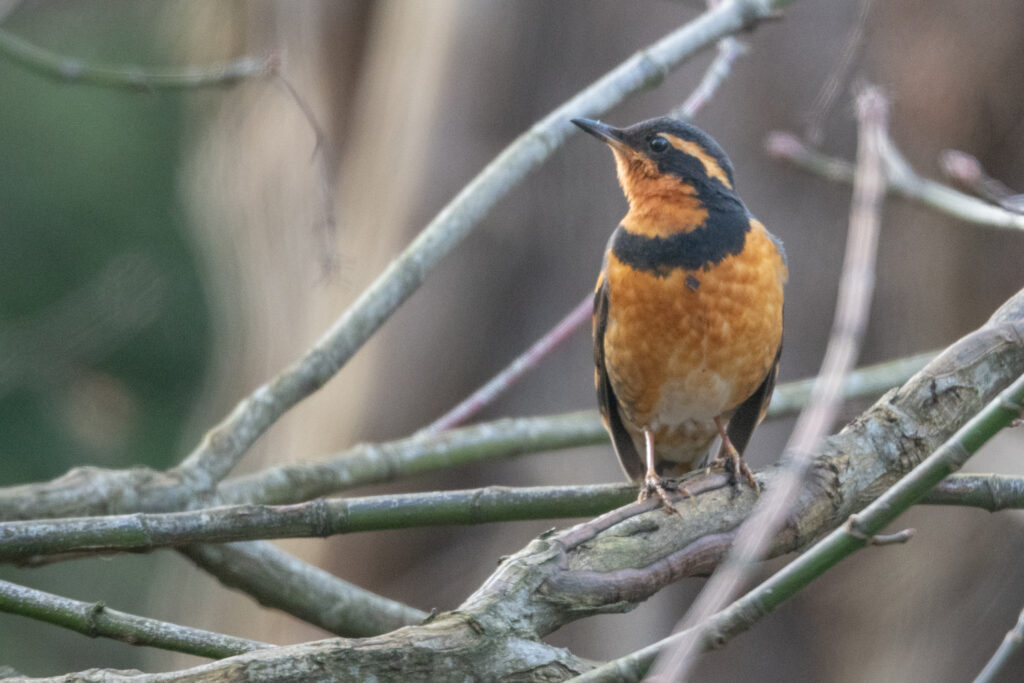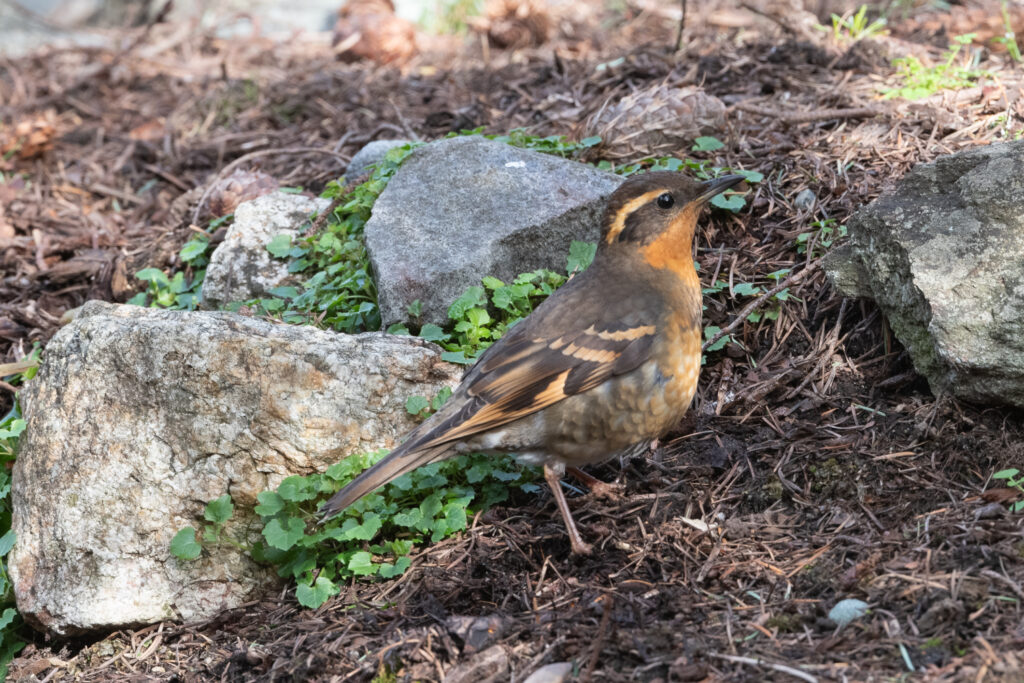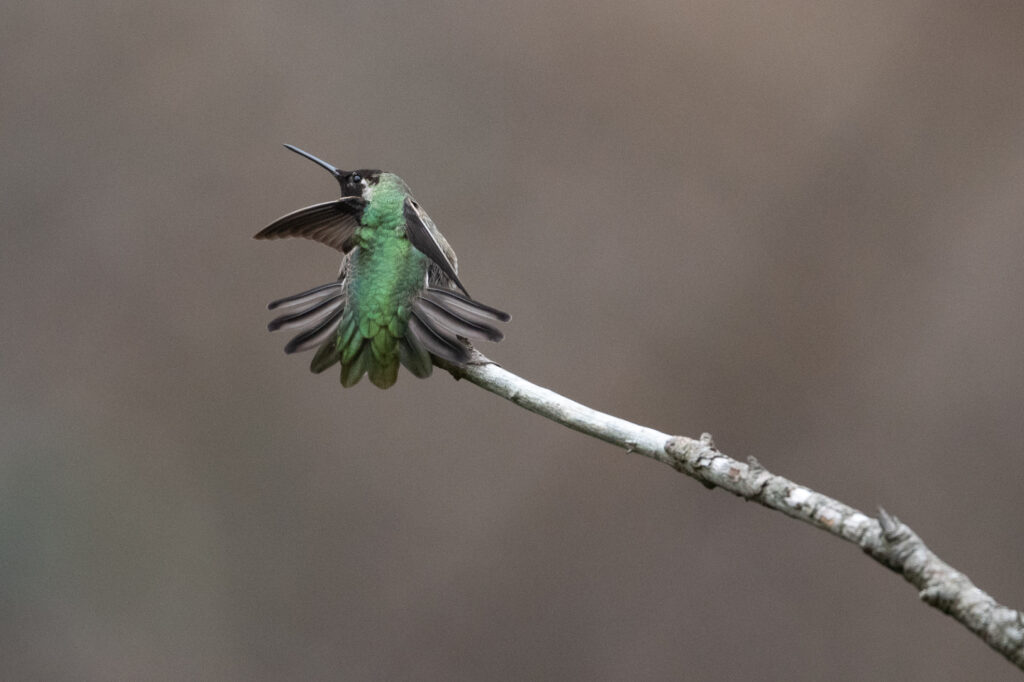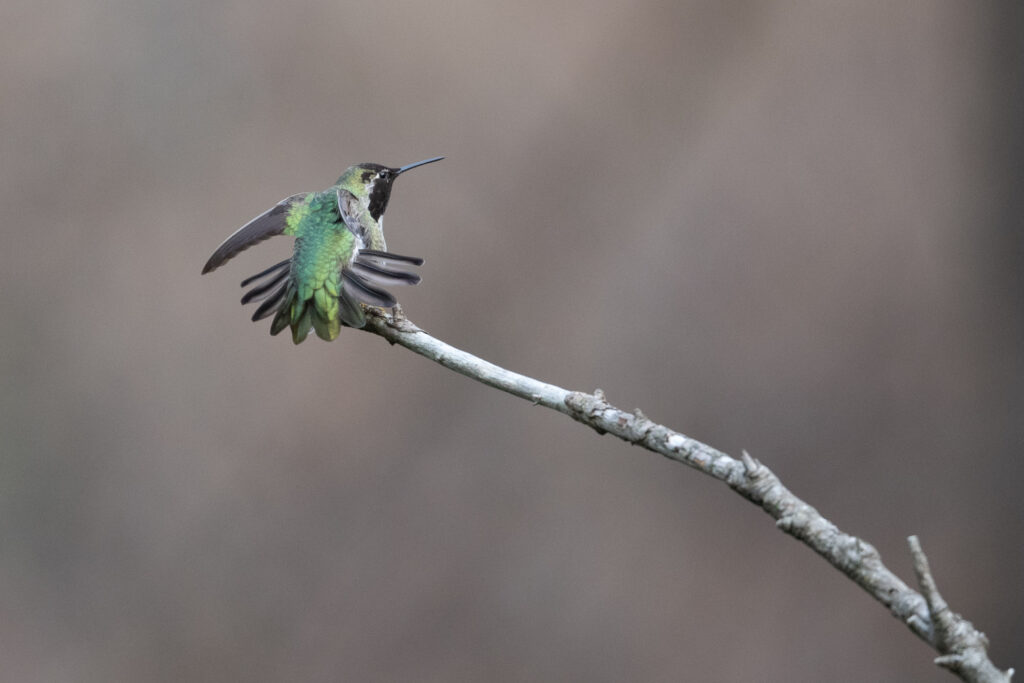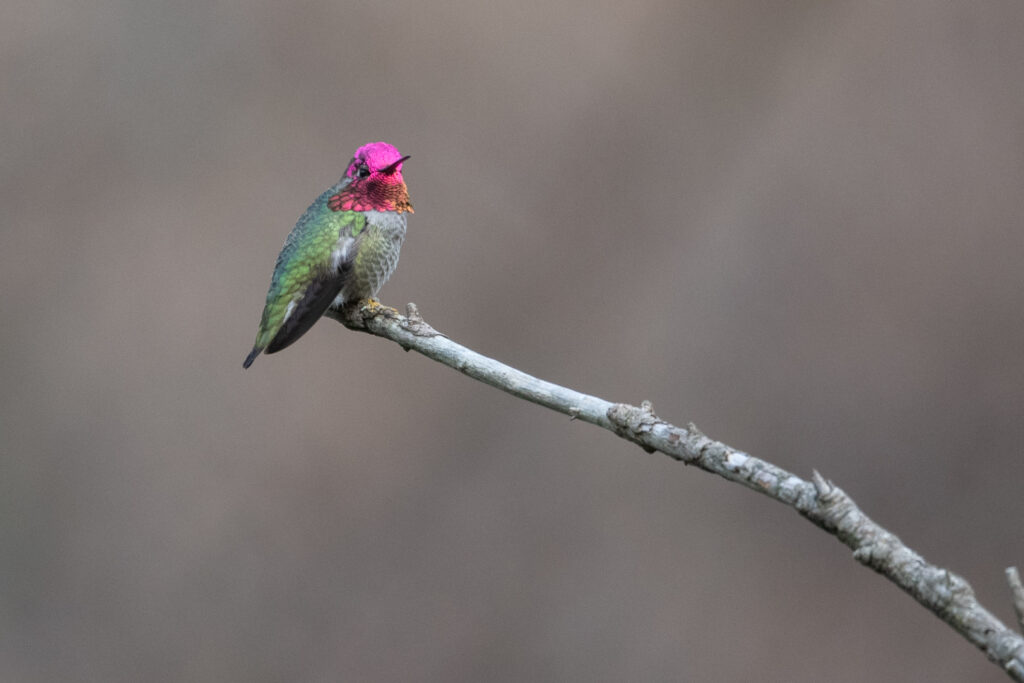We’ll be winding down with our winter visitors in the next couple of months and looking forward to greeting our spring visitors. Rufous hummingbirds should be arriving in the yard in the next couple of weeks. In the first few days of March I’ve seen a Bald eagle and pair of Common ravens transporting nesting materials in the neighborhood.
After several months of absence from the yard, we had at least two Pine siskins visit the yard on February 24, 2024. I’ve observed them off and on since. In some past years the siskins have been our most numerous visitors at times, but that hasn’t happened for several years now. The siskins seem to come and go, sometimes with absences of several months at a time.
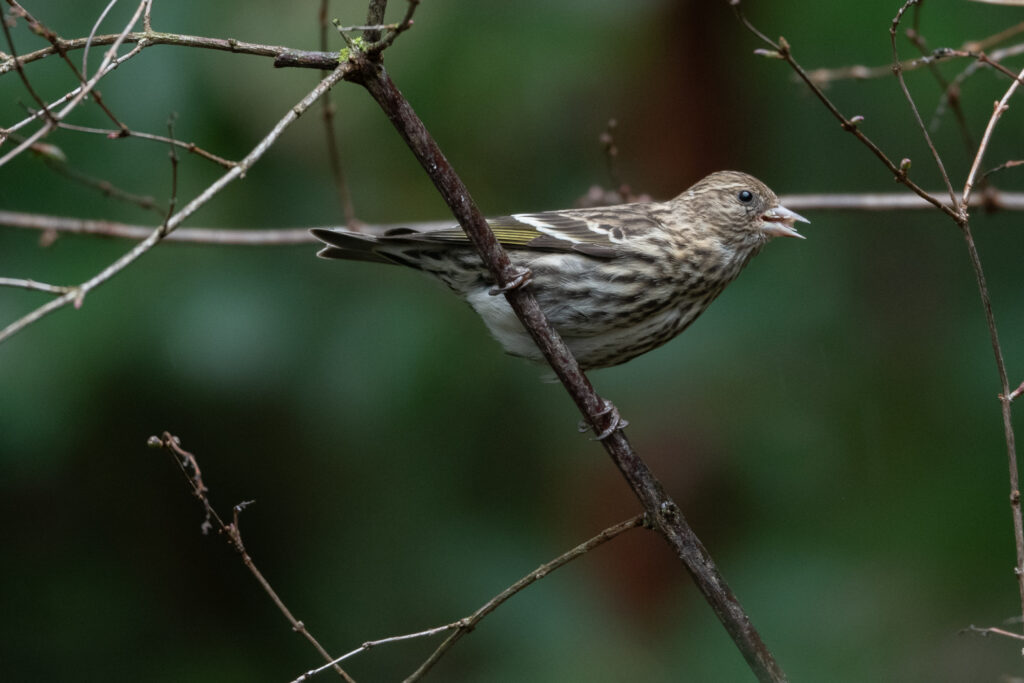
We had two White-crowned sparrows visit the yard for one day (February 27, 2024). One was an adult and the other apparently a first winter bird. They had no apparent interaction. This species is usually in the greater area year-round but we generally see a pair in the yard only during the mating season, and the pair that usually frequents our yard in the spring and summer quite often have their breeding efforts parasitized by Brown-headed cowbirds.
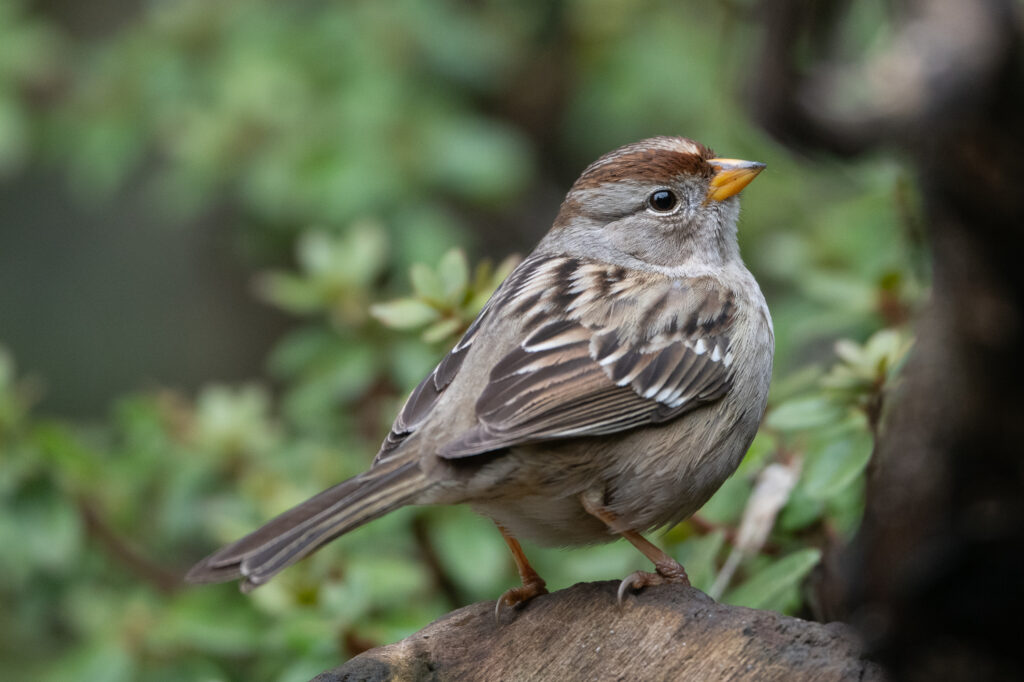
We have had only infrequent visits recently by a single male Varied thrush, but on one occasion late in February we briefly had two in the yard.
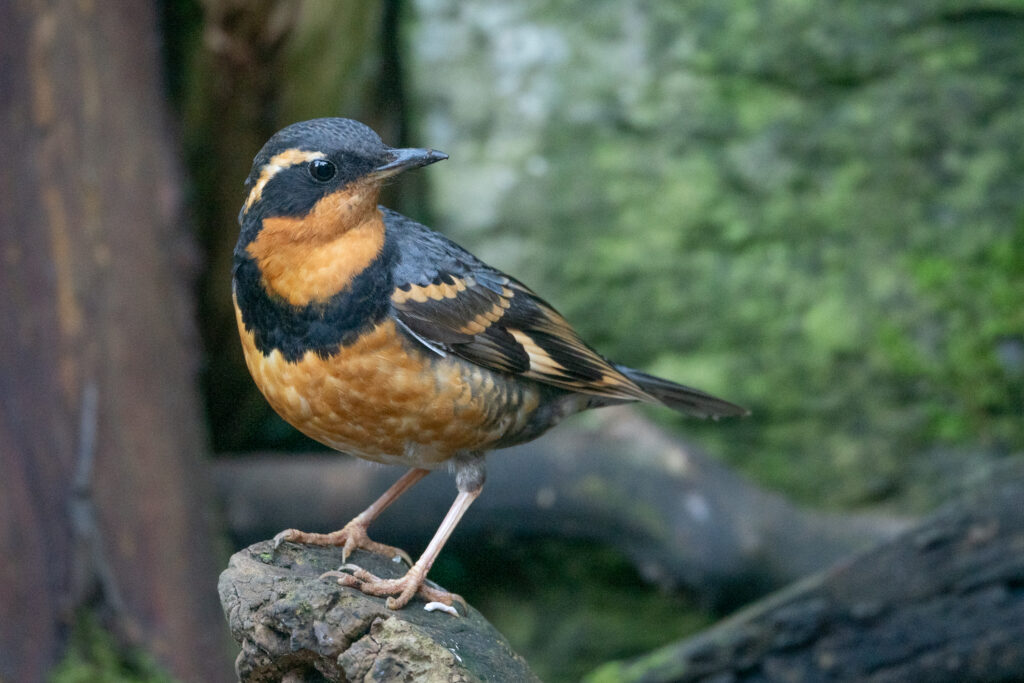
Also in mid-to-late February we had a Bewick’s wren visiting both our inverted suet feeder and a peanut feeder, an unusual occurrence for a bird that is primarily an insect easter.
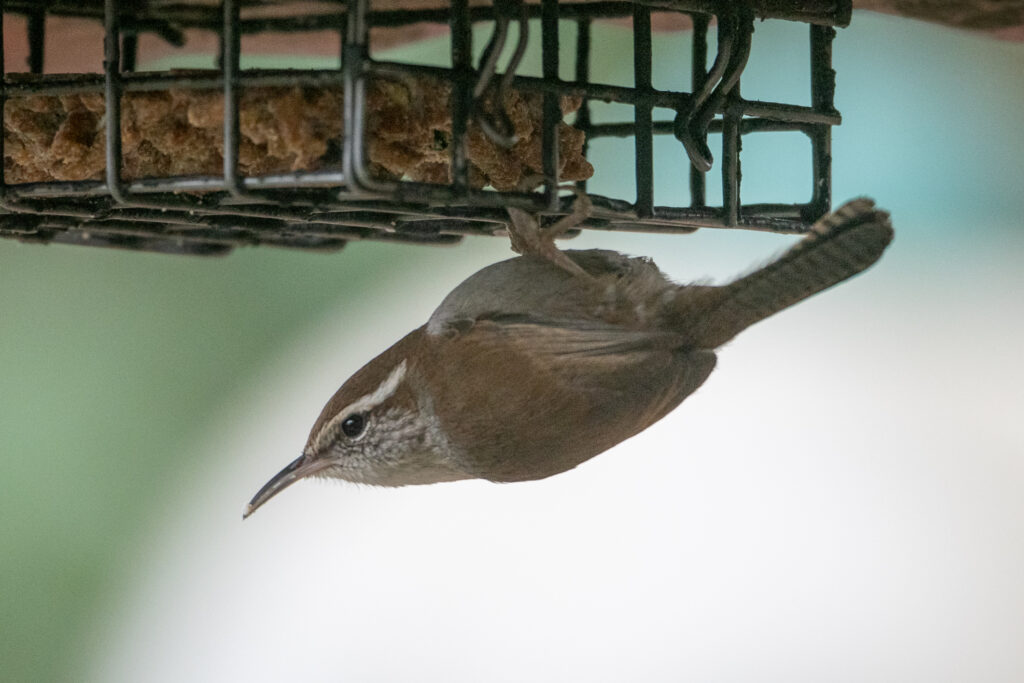
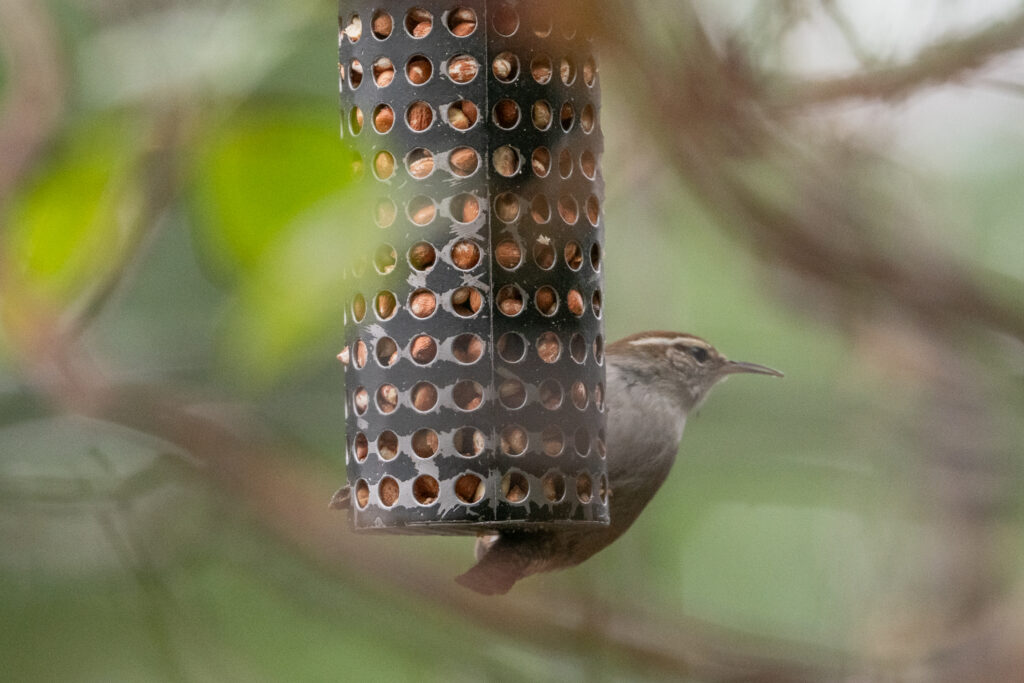
In early March I looked out our kitchen window to see three Anna’s hummingbirds briefly sitting on one of our hummingbird feeders at the same time!
I’m always saddened and surprised by the handicaps I observe in some of our visitors. On the injured reserve list…
In late February we are still hosting the male Spotted towhee with the deformed (crossed) beak that I believe was the product of last year’s mating season.
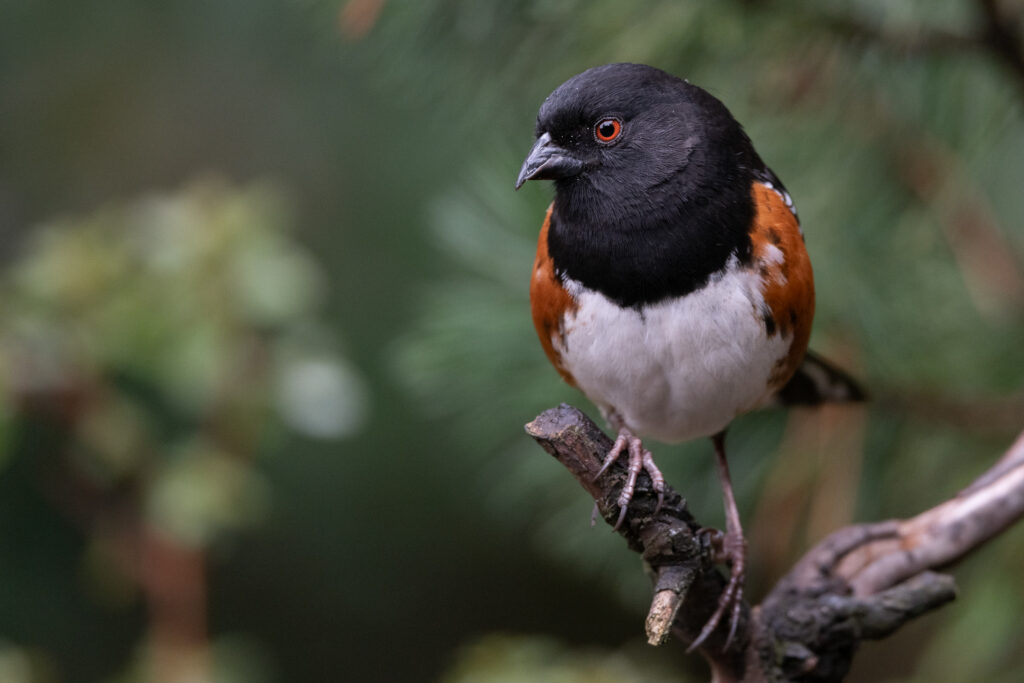
We have a male Dark-eyed Oregon junco with a lame right leg, and I recently spotted a female bird of the same species with a lame left leg.
And I recently observed a Bushtit with a single leg hanging from our inverted suet feeder.

